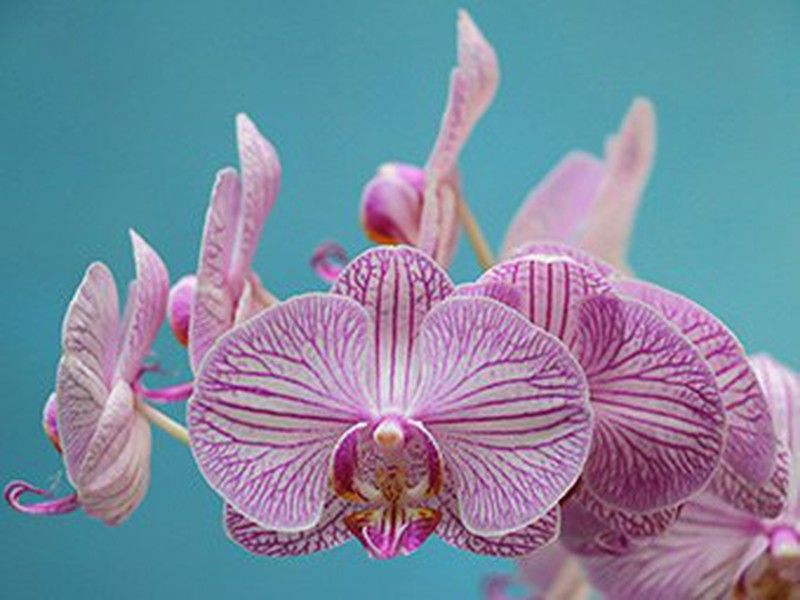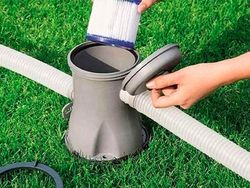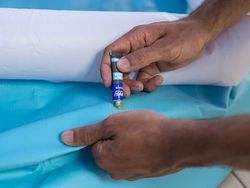Everything you need to know about orchids to grow healthy and strong
Due to its hues and timeless beauty, the orchid is one of the most sought after and gifted plants, especially in its flowering season. And how can it not be if this flower is capable of completely illuminating any room in the home or office with its elegance and delicacy. Of course, like any indoor plant, it requires the proper amount of sun, nutrition and moisture.

If you want your orchid to last forever and bloom several times a year, read on! Taking care of it will be easy if you put into practice a couple of tips. Thus, you will help her grow healthy, strong and, of course, beautiful.
First of all, get to know your new friend. When an orchid is given away, the pot brings with it a label with the name of the species. If yours doesn't include it, ask for it at your trusted florist. Orchids are a large family with almost 30,000 different species, and some of them may require specific care.
However, this flower is fairly easy to care for, especially indoors. The basic maintenance requirements focus mainly on the amount of sunlight they receive and on generating an optimum degree of humidity for their growth. Therefore, you should think carefully about where to place your orchid indoors.
The ideal place will be one that has good natural lighting and that is far from the direct impact of the sun. Try a corner not too close to your windows. When summer arrives, don't forget to move the pot inside so that it doesn't wilt due to the sudden increase in temperature.
Open the windows every so often in the day so that the orchid is ventilated. These types of plants are not favored by very closed environments, so it is best to place it near a constant air intake or ventilate it at times. If you have air conditioning systems, adjust them to a temperature between 16 ° C and 22 ° C.
The second tip has to do with the pot. Many orchids are epiphytes and are planted in elongated, shallow pots as the root needs to be in contact with the air. A hydro planter could be an excellent choice, provided it allows adjusting the moisture level of the substrate.
If you want your plant to continue growing forever, transplant it to another larger pot when the root grows large enough. For a wilder look, try planting it on top of a log! Some stores have beautiful natural models that will be splendid inside any room.
To keep the orchid hydrated, it is not necessary to water it daily, because an excessive degree of humidity would make it an easy prey for fungi or caterpillars. If you have a drip irrigation system or self-watering planters, set the humidity 50-75%, no more than that. If you prefer manual watering, do it every ten days and without wetting the leaves.
Instead of watering it, you can go for the option of soaking the root for a while. To do this, you will have to dip the orchid's roots in a low container with water until you see that no bubbles appear. Then put it to drain. This will make it oxygenated and will favor its flowering. Do not repeat this procedure more than once or twice a month.
On the hottest days of the year -spring and summer- increase the frequency of irrigation to twice a week. Make sure the substrate is always dry before watering it. Clean the leaves with a slightly damp cloth and dry them immediately.
Orchids, like all plants, need to be nurtured. You can use some commercial fertilizers on the substrate or make yours with composting. But what you cannot miss is a good phytosanitary.
Remember that orchids are delicate when mushrooms, slugs and snails appear. So, in order to control these pests and maintain the health of the plant, it is important that you apply a fungicide, an insecticidal oil, and an antilimacus and snail product. There are them in different formats: aerosol, capsules, etc. Choose the most comfortable for you or ask your trusted florist which is the most suitable according to the species you have.
Although you use quality plant protection products, do not let your guard down! Take a look from time to time at the leaves of the plant and the substrate. If you notice leaf holes or snails near the pot, seek specialized attention.
You will see that with these tips your orchid will be perfect for a long time, perhaps forever. If you want to give one of your flowers to a friend, make them a small card that includes their basic care. This is customary to do when giving a plant with love.





Our customers trust us
Opinions of our clients
Receive our news